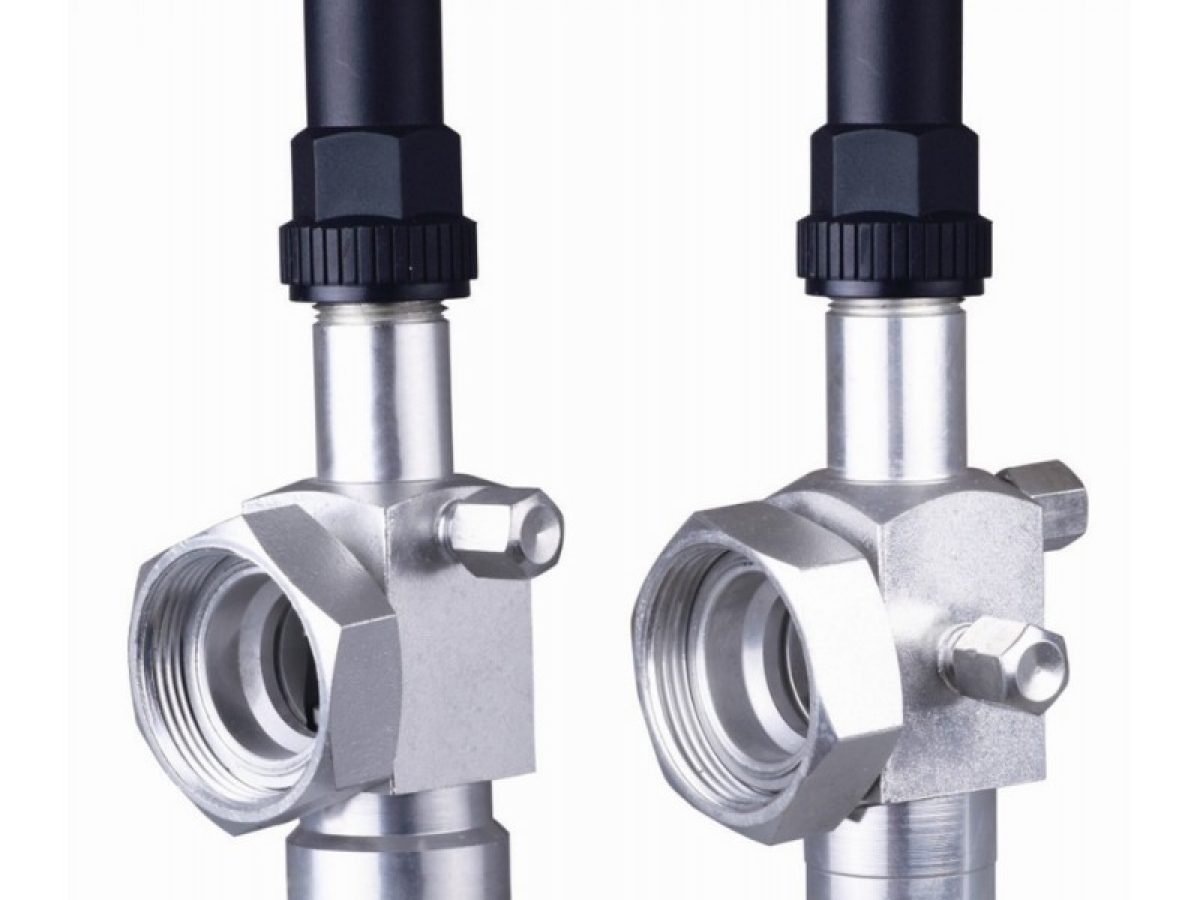
1 November 2023, Wednesday
There are different types of valves used in the cooling process and each type of valve has different characteristics. Here are some valves commonly used in cooling endustries and their features:
Rotalock Valve: Rotalock valves are a type of valve used to control the flow of solids, granules, and other particulate matter. They are commonly used in industrial and dust collection systems. Rotalock valves are equipped with a rotating disc and sealing rings. The flow is controlled by rotating the disc to open or close the valve. Rotalock valves provide low pressure drop and high sealing performance.
Ball Valve: Ball valves are valves that use a spherical inner closure to control the flow. The inner closure can be fully open, fully closed, or partially open to regulate the flow. Ball valves are commonly used in high-pressure and high-temperature applications. They offer fast opening and closing capabilities and provide good sealing.
Solenoid Valve: Solenoid valves are electromechanical valves that use electrical current to control the flow by opening and closing. An electromagnetic coil operates the valve mechanism to control the flow. Solenoid valves offer quick response time, low power consumption, and are ideal for automation. They are commonly used to control the flow of liquids or gases, such as water, gas, or air.
Check Valve: Check valves are valves that allow flow in one direction and prevent backflow. They consist of a simple flap or hinge mechanism. Check valves are used in applications where backflow is undesirable, such as pump systems, hydraulic systems, and pipelines.
Safety Valve: Safety valves are used to control the pressure in a system and provide safety in case of overpressure. They operate using an adjustable spring or disc mechanism. When the pressure reaches a certain level, the valve automatically opens and releases the excess pressure. Safety valves are commonly used in pressure vessels, boilers, compressors, and other high-pressure systems.
Regulator Valve: Regulator valves are used to adjust the flow rate and maintain the desired pressure level in a system. They have a control element and an adjustment mechanism for flow control. Regulator valves can automatically respond to pressure changes in a system and maintain the desired pressure level. They are commonly used to control the flow of gas, steam, or liquid.
Thermostatic Expansion Valve (TXV): Thermostatic expansion valves are used to control the flow of liquid in cooling systems. These valves incorporate a temperature-sensitive thermostatic element. When the temperature increases, the valve opens to increase the flow, and when the temperature decreases, the valve closes to decrease the flow. Thermostatic expansion valves are used to maintain the desired temperature range and optimize system performance in cooling systems.
